Recycled PET
Recycled PET
Recycled PET
Recycled PET, also known as rPET, is a type of plastic made from used PET (Polyethylene Terephthalate) bottles and containers. PET is a common plastic used in packaging for beverages, food, and other products.
What is PET?
PET stands for Polyethylene Terephthalate. It is a strong, lightweight plastic that is widely used in packaging. You often see it in water bottles, soda bottles, and food containers.
How is Recycled PET Made?
The process of making Recycled PET starts with collecting used PET bottles and containers. These items are then cleaned and shredded into small flakes. The flakes are melted and formed into new products, such as new bottles or packaging materials.
Benefits of Recycled PET
Using Recycled PET helps reduce waste and saves energy. It also lowers the demand for new plastic production, which can help protect the environment. Products made from rPET are just as safe and durable as those made from new PET.
Applications of Recycled PET in Packaging
Recycled PET is used in many types of packaging. This includes beverage bottles, food containers, and even clothing. Many companies choose rPET to show their commitment to sustainability.
Conclusion
Recycled PET is an eco-friendly option for packaging. It helps reduce waste and supports a circular economy. By choosing products made from rPET, you contribute to a more sustainable future.
Blog Posts with the term: Recycled PET
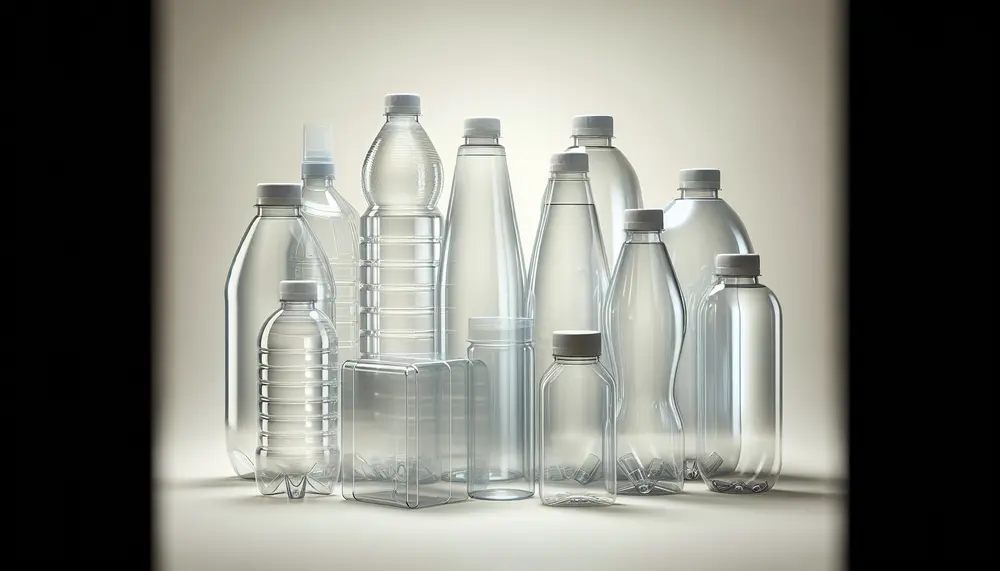
RPET packaging, made entirely from recycled plastic bottles and containers, offers a sustainable alternative with reduced carbon footprint and energy usage compared to virgin plastics. It supports continuous recycling in a closed-loop system, encouraging eco-friendly practices among consumers and industries...
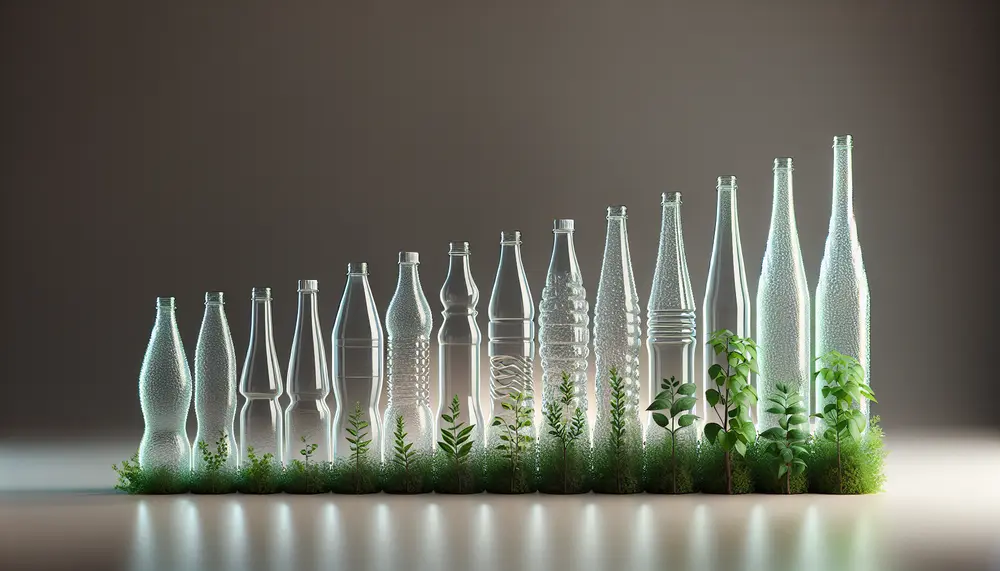
RPET stands for recycled polyethylene terephthalate, a sustainable packaging material made from recycling used PET plastics. It reduces reliance on virgin plastic and conserves resources while maintaining quality through multiple life cycles. The journey of RPET bottles involves collection, sorting, cleaning,...

Packaging choices significantly affect the environment, contributing to pollution and resource depletion due to non-biodegradable waste and high carbon footprints. The rise of eco-friendly packaging solutions like bioplastics and recycled materials reflects a shift towards sustainability in response to environmental...
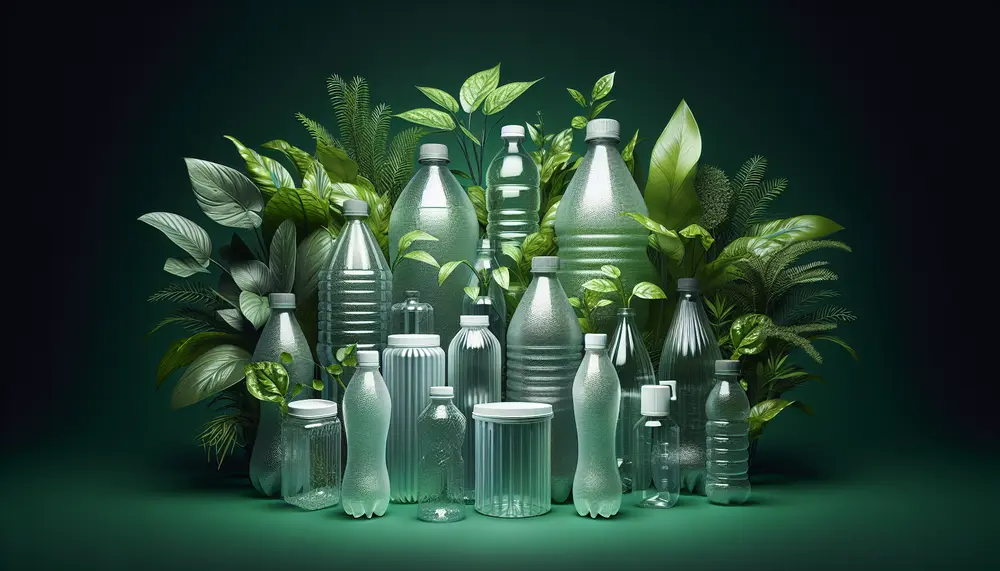
RPET (Recycled Polyethylene Terephthalate) is an eco-friendly packaging material made from recycled PET products, reducing landfill waste, energy consumption, and greenhouse gas emissions. Its adoption supports a circular economy by minimizing resource use and promoting recycling, but faces challenges like...
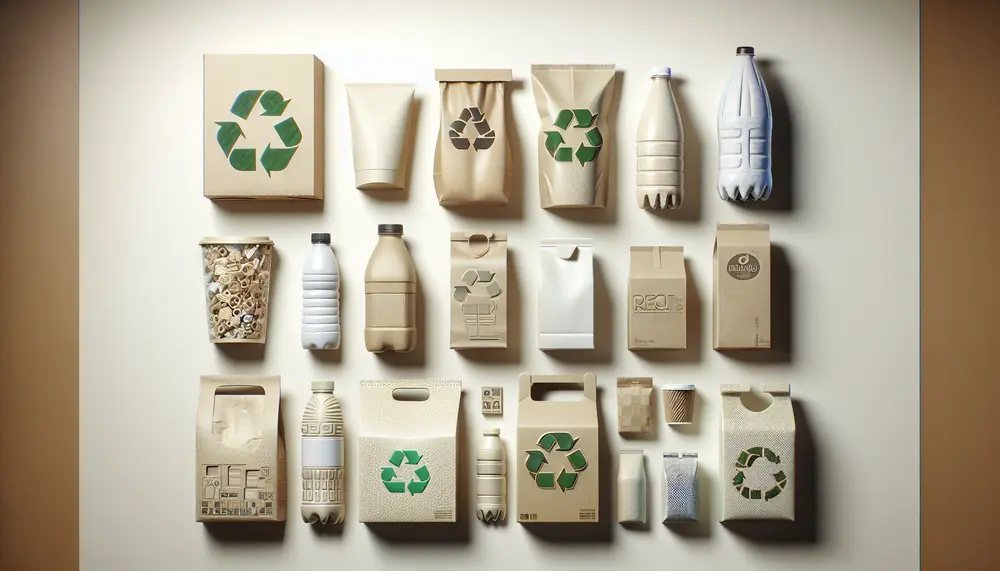
RPET packaging, made from recycled Polyethylene Terephthalate (PET), is a sustainable alternative to virgin plastic that reduces waste and greenhouse gas emissions. Europe leads in its use, driven by consumer demand for eco-friendly products and legislation promoting recycling and the...
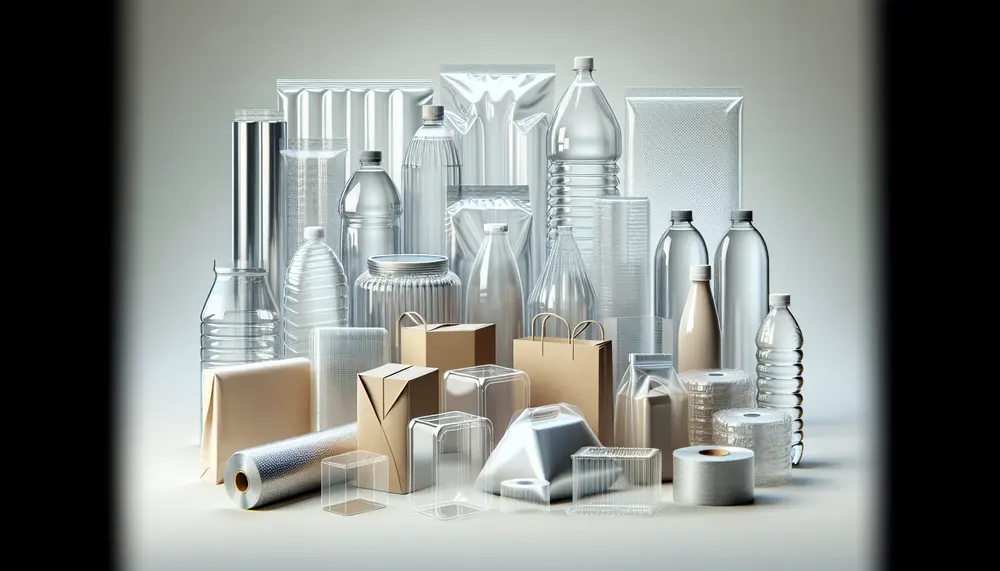
Plastic barriers are essential in packaging for product protection and preservation, involving polymers with specific properties to prevent permeation of gases, moisture, and chemicals. They come in various forms like films or coatings and must be carefully selected based on...
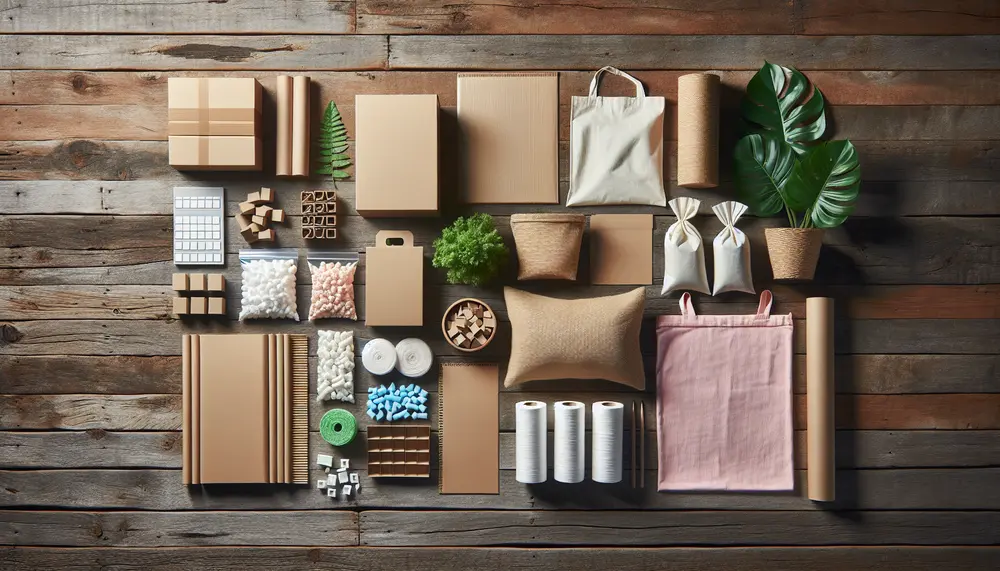
Sustainability in packaging focuses on reducing environmental impact through practices like using biodegradable materials and designing for reusability, aiming to align ecological health with business and consumer needs. Current trends include plant-based materials, minimalist designs, recycled content use, and advanced...
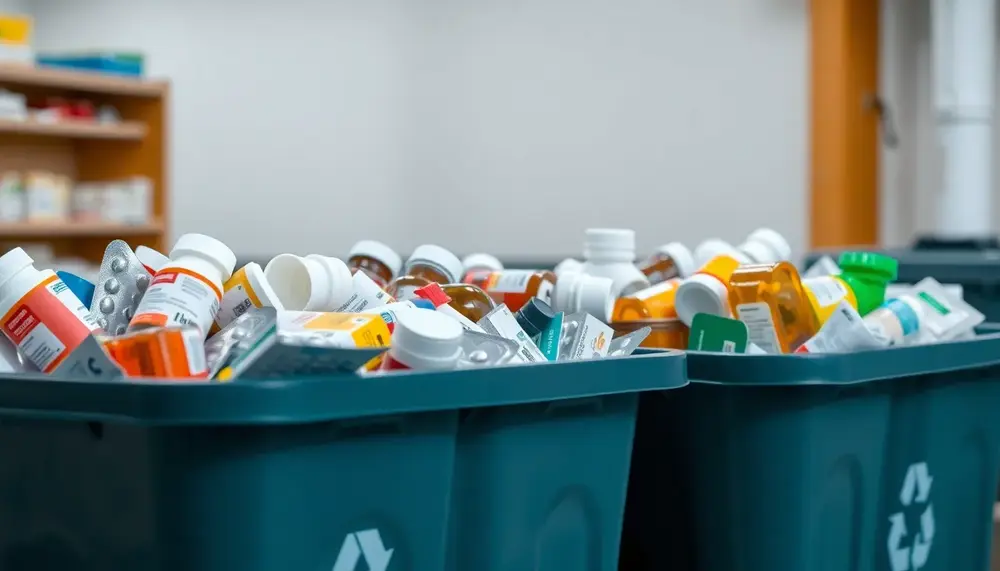
Sustainable pharmaceutical packaging is under urgent scrutiny due to high CO₂ emissions, regulatory pressure, and the need for safe, recyclable solutions. Cutting-edge recycling technologies—like advanced mechanical sorting, chemical depolymerization, carbon capture polymers, bio-based materials, and digital watermarking—are driving a shift...
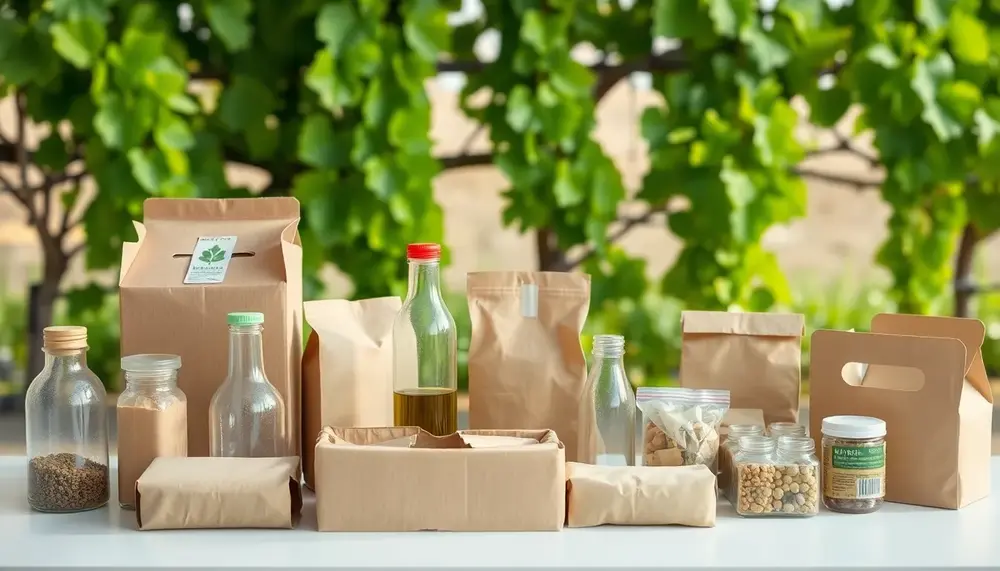
The wine industry is leading sustainable packaging efforts by joining alliances that foster collaboration, innovation, and standardization to reduce environmental impact. Through these partnerships, wineries are adopting alternative materials like recycled PET bottles, paper-based containers, cans, bag-in-box formats, and reusable...
